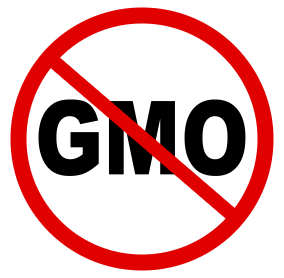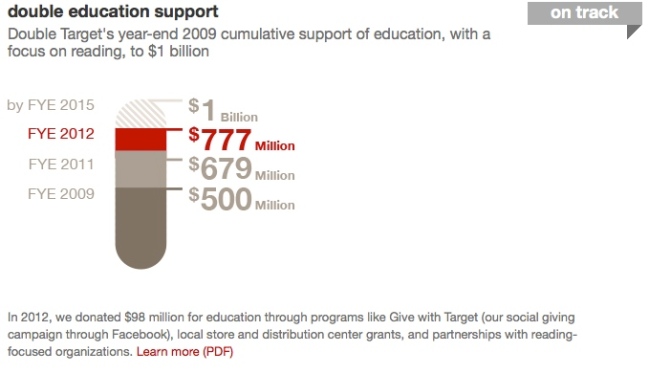Before starting this project, I was very indifferent about how it was going to go. I wondered how interacting with a large group would turn out. I wondered if finding interesting content would be difficult over the course of the blog. As the weeks went by, I did find that getting interesting content that was different from my group members was getting to be a little difficult, but there still proved to be a great deal of interesting things out there once I started thinking deeper about it.
Before this blog, I honestly never really thought about CSR in the food market industry, so this project allowed me to think deeper about these issues, and i feel like I can say that my views of some stores have changed and that some I never shopped at have become my new favorites based on the information we found. I’m glad we were not only able to research these issues for our own benefit, but to create a public blog for others to see the in depth information that we found, so they too can start thinking deeper about some of the issues.
Some of my favorite things that I researched included information beyond just what everyone might think. I liked researching the community efforts from various grocery stores, showing that some take community very seriously, while others seem to do it just to show that they are making some sort of effort to give back. It was also interesting to see how different stores viewed sustainability. Some take it very seriously and take drastic action to improve their efforts, while others have seemingly nothing to do with sustainability.
Overall, I think this blog proved to be a success. As a group, I feel like we were all able to coordinate well with each other by posting various types of content on the blog each day without being repetitive or losing sight of our goal for the content of our blog.

 ealth of our oceans. Its effort on supporting marine conservation has been recognized by Greenpeace USA for three years.
ealth of our oceans. Its effort on supporting marine conservation has been recognized by Greenpeace USA for three years.




